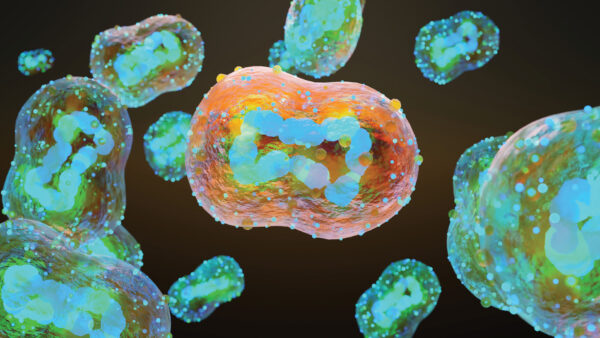I am 35 years of age; my work includes regularly meeting international guests. Monkeypox breakouts have occurred in different parts of the world. Is monkeypox as dangerous as smallpox was, and will it be a danger to me and my family as I meet overseas visitors?
Monkeypox is a viral disease caused by a DNA orthopoxvirus originally transmitted to humans from animals (a zoonosis). Monkeypox occurs primarily in Central and West Africa, but since 2003 has been reported in nonendemic areas, including the United States, Israel, the United Kingdom, and Singapore.
Natural hosts include rope squirrels, tree squirrels, Gambian pouched rats, dormice, and nonhuman primates. It can be transmitted from infected animals to humans, and from human to human through close contact with skin lesions (blisterlike rash), body fluids, respiratory droplets, or materials such as bedding contaminated by the virus. Ongoing research has confirmed that the virus may also be sexually transmitted.
The clinical presentations of monkeypox and smallpox are similar, although monkeypox is less contagious and generally less severe. Smallpox had a 30 percent mortality rate compared to the significantly lower mortality rate of monkeypox, which is between 3 to 6 percent for recent outbreaks.
Smallpox was declared eradicated in 1980, after the last naturally occurring case was diagnosed in 1977 following a global campaign of vaccination and containment. In 1796 the smallpox vaccine, discovered by Edward Jenner, was the first successful vaccine to be developed. Those who have received the smallpox vaccine prior to 1980 will most likely have protection against monkeypox.
The incubation period of monkeypox (time from exposure to the onset of disease) is between six and 13 days. The first phase of the disease is characterized by fever, headache, swollen lymph glands, general muscle pain, and loss of energy. Then follows the typical blisterlike skin rash, mainly on the face, palms of the hands, and soles of the feet. It’s usually self-limiting and resolves within two to four weeks.
The more severe cases occur in children and individuals with underlying immune deficiencies or generally poor health. Complications include bacterial infections; pneumonia; brain inflammation (encephalitis); and infection of the cornea, which may cause impairment or loss of vision. Care includes optimal hydration and nutrition, and appropriate treatment of bacterial infections. Tecovirimat, a smallpox antiviral, may be helpful but has limited availability in Europe.
Regarding the possible risk to you and your family, those presently under 40 years of age have no immunization protection from smallpox vaccination. Smallpox vaccine is being selectively used in areas of monkeypox breakouts; a newer vaccine has been available since 2019. Some countries are developing policies that would offer vaccination to higher-risk individuals, including healthcare workers, rapid responders, and medical/biological laboratory workers.
Avoiding unnecessary and prolonged personal contact with monkeypox patients; careful hygiene; and healthful living, including the nonconsumption of animal meats (in general, but especially in high-risk regions), help in the primary prevention of monkeypox. With such measures you responsibly safeguard your own health and that of others with whom you come in contact.



